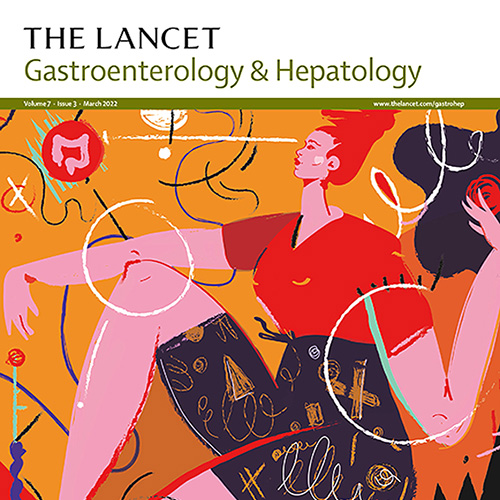Summary
Background
Since the release of the first global hepatitis elimination targets in 2016, and until the COVID-19 pandemic started in early 2020, many countries and territories were making progress toward hepatitis C virus (HCV) elimination. This study aims to evaluate HCV burden in 2020, and forecast HCV burden by 2030 given current trends.
Methods
This analysis includes a literature review, Delphi process, and mathematical modelling to estimate HCV prevalence (viraemic infection, defined as HCV RNA-positive cases) and the cascade of care among people of all ages (age ≥0 years from birth) for the period between Jan 1, 2015, and Dec 31, 2030. Epidemiological data were collected from published sources and grey literature (including government reports and personal communications) and were validated among country and territory experts. A Markov model was used to forecast disease burden and cascade of care from 1950 to 2050 for countries and territories with data. Model outcomes were extracted from 2015 to 2030 to calculate population-weighted regional averages, which were used for countries or territories without data. Regional and global estimates of HCV prevalence, cascade of care, and disease burden were calculated based on 235 countries and territories.
Findings
Models were built for 110 countries or territories: 83 were approved by local experts and 27 were based on published data alone. Using data from these models, plus population-weighted regional averages for countries and territories without models (n=125), we estimated a global prevalence of viraemic HCV infection of 0·7% (95% UI 0·7–0·9), corresponding to 56·8 million (95% UI 55·2–67·8) infections, on Jan 1, 2020. This number represents a decrease of 6·8 million viraemic infections from a 2015 (beginning of year) prevalence estimate of 63·6 million (61·8–75·8) infections (0·9% [0·8–1·0] prevalence). By the end of 2020, an estimated 12·9 million (12·5–15·4) people were living with a diagnosed viraemic infection. In 2020, an estimated 641 000 (623 000–765 000) patients initiated treatment.
Interpretation
At the beginning of 2020, there were an estimated 56·8 million viraemic HCV infections globally. Although this number represents a decrease from 2015, our forecasts suggest we are not currently on track to achieve global elimination targets by 2030. As countries recover from COVID-19, these findings can help refocus efforts aimed at HCV elimination.
Countries/Territories: Afghanistan, Algeria, Argentina, Armenia, Australia, Austria, Azerbaijan, Bahrain, Belgium, Brazil, Bulgaria, Burkina Faso, Burundi, Cambodia, Cameroon, Canada, Central African Republic, Chad, Chile, China (mainland), Colombia, Croatia, Cuba, Czechia, Democratic Republic of the Congo, Denmark, Dominican Republic, Egypt, El Salvador, Estonia, Ethiopia, Fiji, Finland, France, Gabon, The Gambia, Georgia, Germany, Ghana, Greece, Hong Kong, Hungary, Iceland, India, Indonesia, Iran, Iraq, Ireland, Israel, Italy, Japan, Jordan, Kazakhstan, Kenya, Kyrgyzstan, Latvia, Lebanon, Libya, Lithuania, Luxembourg, Madagascar, Malaysia, Malta, Mexico, Mongolia, Morocco, Mozambique, Netherlands, New Zealand, Nigeria, Norway, Oman, Pakistan, Panama, Papua New Guinea, Peru, Philippines, Poland, Portugal, Puerto Rico, Qatar, Romania, Russia, Rwanda, Saudi Arabia, Slovakia, Slovenia, South Africa, South Korea, Spain, Sweden, Switzerland, Syria, Taiwan, Tajikistan, Tanzania, Thailand, Tunisia, Turkey, Uganda, Ukraine, United Arab Emirates, United Kingdom, USA, Uzbekistan, Venezuela, Vietnam, Yemen

